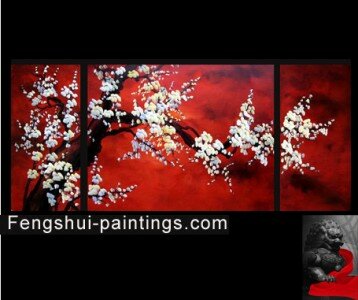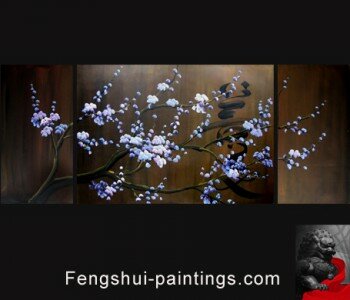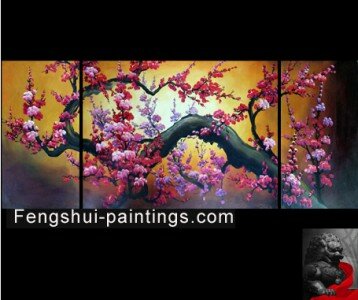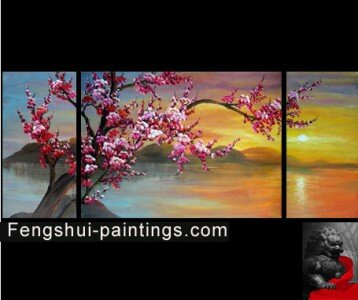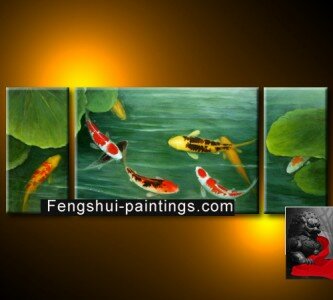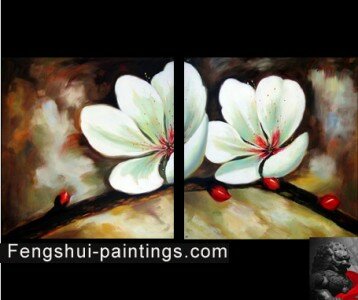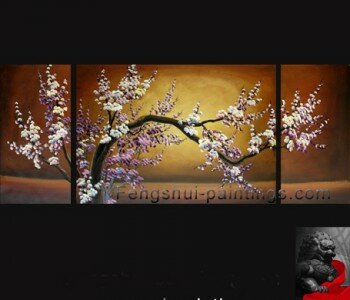 Loading... Please wait...
Loading... Please wait...
- Gift Certificates
- View Cart
-
Sign in or Create an account
Feng Shui Paintings
Our Newsletter
- Home
- About Feng Shui
- Asian Painting
Asian Painting
Asian Painting
Traditional Asian Painting uses brush techniques, watercolor, rice paper, and silk thread boarders as a matting. Asian painting in the traditional style was uncomplicated and elegant, yet difficult art. Asian Painting has been described as “Abstract Minimalist”, the uses of uncomplicated abstract forms that represent nature but do not attempt to reproduce a realistic image of nature
Asian painting can be summarized with two words "brush and ink". Brush and ink painting methods in Asian painting are the most simple and efficient means to form the abstract images used in ancient Asian Painting.
The “Abstract Minimalist” style of Asian Painting is based on the beliefs of Tao, Buddhism and Feng Shui. These beliefs hold that every space has an invisible energy, called Chi. This Chi is affected by a number of factors, including the placement and types of objects in that space. According to this practice, Chi must flow steadily through a space (not too quickly or too slowly) in order for positive events to occur in the inhabitant's life. Therefore, the type and the placement of the art in your office or home would be quite important in harnessing this energy to maximize health, wealth and fortune.
Traditional Asian Paintings are watercolor paintings, painted on rice paper. When the watercolor paints are applied, the colors are absorbed into the rice paper. The finished work is then mounted on scrolls. These paintings are then matted with silk thread borders using the ancient Chinese techniques. Oil paints are a European invention and were not used in traditional Asian Painting.
There are several mediums used in Asian Painting including: silk, scroll paper and rice paper. Over thousands of years a number of techniques were added to traditional Asian painting, including more sophisticated perspective to build up a vivid depth effect. A variety of present skills developed, enriched and innovated based on traditional skills of using brush and ink.
